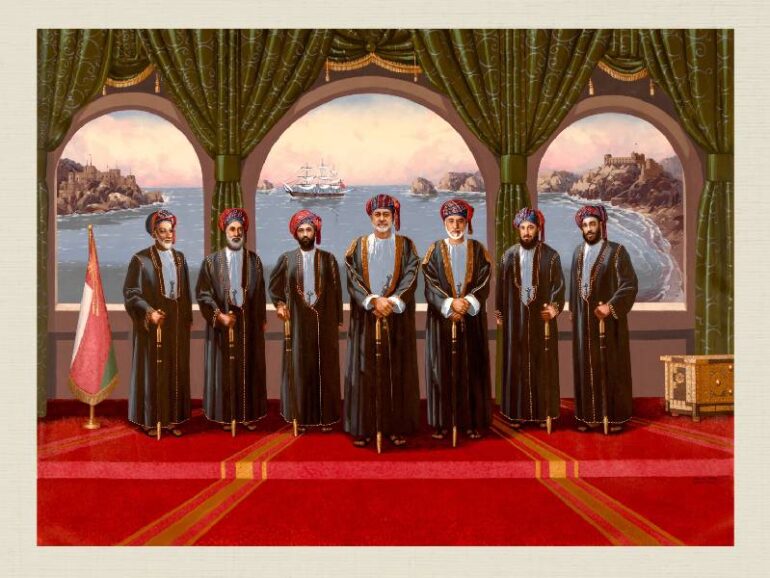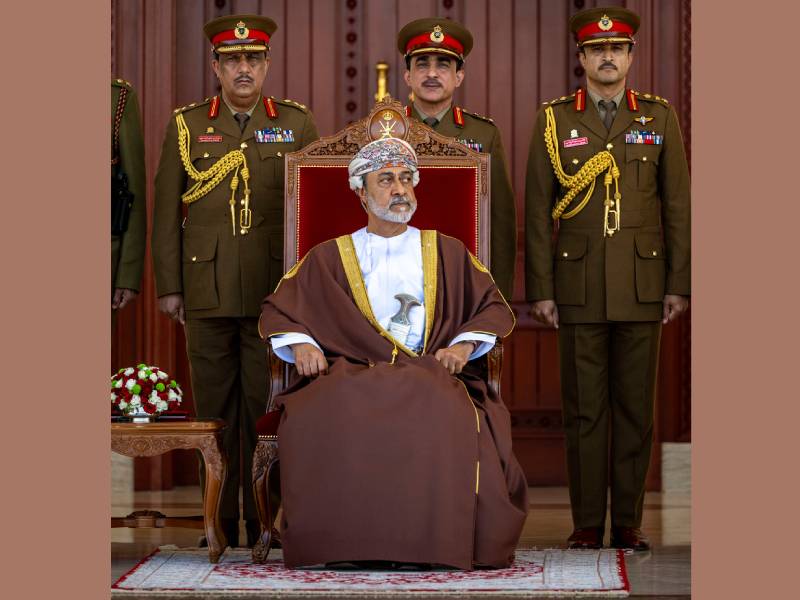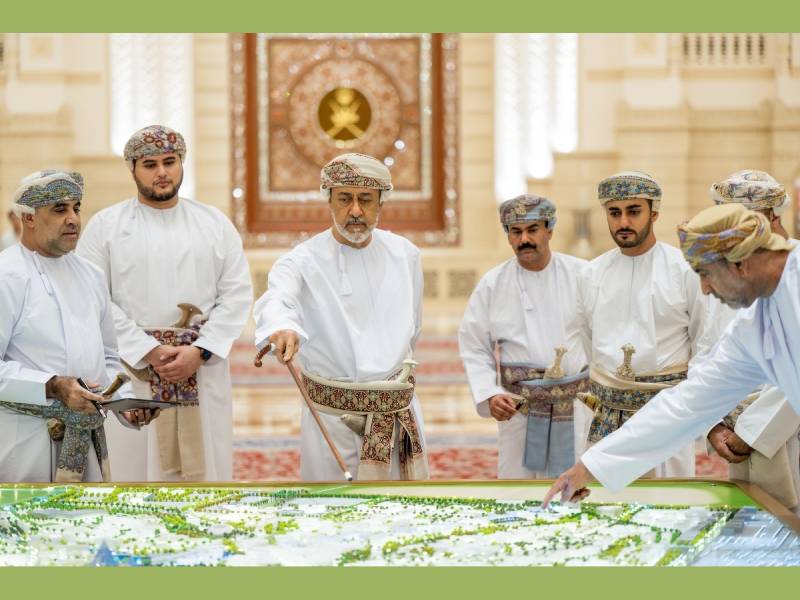 By OUR CORRESPONDENT
By OUR CORRESPONDENT
Muscat – The story of modern Oman is inseparable from the Al Busaidi Dynasty, founded in 1744 by Sayyid Ahmed bin Said. His leadership unified a fragmented land and laid the foundations of sovereignty that continue to guide the country nearly three centuries later. This legacy is formally acknowledged through the designation of November 20 as Oman’s National Day, a date marking the rise of the Al Busaidi State and its enduring contribution to national unity and independence.
In his address on January 11, 2024 marking the day he assumed power, His Majesty Sultan Haitham bin Tarik announced that the commemoration of National Day would be tied to November 20. He described it as a tribute “to our ancestors, the Sultans,” and to the founding of a state that secured sovereignty and dignity for its people. This decision reflected a deeper sentiment – that nation-building in Oman is not confined to a moment in time but is a continuous legacy, handed down and renewed by each generation of leadership.
From its earliest days, the Al Busaidi Dynasty faced internal divisions and external threats. Sayyid Ahmed bin Said worked to stabilise the country after years of conflict, establishing control from his base in Suhar and later Muscat. He built governance on justice, consultation and economic openness, abolishing certain taxes to encourage trade. Historians view his leadership as the starting point of a unified political identity for Oman and the foundation upon which later rulers built.
His successors carried forward this legacy. Under Sayyid Said bin Sultan in the 19th century, Oman expanded across the Indian Ocean, establishing Zanzibar as a second capital and strengthening maritime trade routes to East Africa, India and beyond. The Omani fleet became a symbol of both power and connection, reflecting a geographical reality that Omanis had long embraced – facing the sea, with mountains and desert behind them, they turned outward.
This maritime legacy was not only economic but cultural and diplomatic. Omani ships sailed to China and Indonesia, carrying goods and the message of Islam. In 1840, the ship Sultana reached the United States, sending Oman’s first diplomatic envoy with gifts for the American president, signalling the country’s engagement with the wider world.
The 20th century brought new challenges and transformations. The reign of Sultan Taimour bin Faisal saw the beginnings of formal education, with the establishment of the Sultan School in 1930. His successor, Sultan Said bin Taimour, presided over the early years of the oil era. But it was Sultan Qaboos bin Said, ruling from 1970 to 2020, who ushered in the modern renaissance. Infrastructure, healthcare, education, and international diplomacy became pillars of the modern Omani state. His policy of ‘quiet diplomacy’ positioned Oman as a trusted neutral actor in regional and international affairs.
Under His Majesty Sultan Haitham bin Tarik, the dynasty continues to lead while adapting to new realities. Since 2020, the Renewed Renaissance has focused on economic diversification, administrative reform and implementation of Oman Vision 2040. The goal remains clear: to build a sustainable future while preserving the values of loyalty, identity and national unity that the Al Busaidi State established in 1744.
The strength of this continuity lies not only in leadership but also in the relationship between the Omani people and the ruling family. Public councils, open communication and mutual loyalty have helped the country navigate crises. Historians note that this bond has been a key factor in overcoming political, economic and social challenges across centuries.

Women of the Al Busaidi Dynasty have also played influential roles throughout history. One of the most notable was Sayyida Moza bint Ahmed bin Said, daughter of the founding Imam. She governed Oman as regent during the youth of Sayyid Said bin Sultan and contributed to the expansion of Omani influence towards Zanzibar. Her legacy inspired later generations of royal women, including Sayyida Fatima bint Ali al Busaidi, mother of Sultan Said bin Taimour, who played a major role in shaping his leadership.
These contributions remind citizens that national identity is not only preserved through monuments or ceremonies but also through memory and participation. Scholars emphasise that celebrating National Day is an act of remembrance and renewal – linking past struggles and achievements to the responsibilities of the present.
Today, the vessel Shabab Oman II sails across continents as a floating symbol of this heritage. It carries Oman’s message of peace, cooperation and cultural pride, reflecting a tradition that began with the wooden fleets of centuries past. From Suhar’s ports to Zanzibar’s palaces, from Muscat’s forts to modern ministries, the imprint of the Al Busaidi Dynasty remains visible in the institutions, diplomacy and identity of the nation.
More than 280 years after its founding, the Al Busaidi Dynasty is not viewed merely as a ruling family but as an enduring institution that shaped the idea of Oman as a nation. Its legacy blends leadership, maritime ambition, diplomacy and resilience. National Day on November 20 is not only a commemoration of a dynasty’s rise but a celebration of a continuing journey – one that began in 1744 and remains alive today.

© 2021 Apex Press and Publishing. All Rights Reserved. Powered by Mesdac